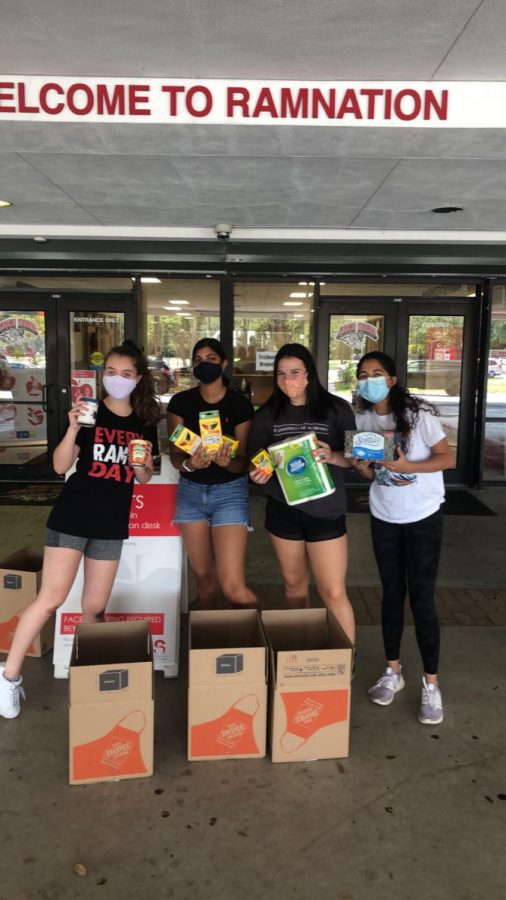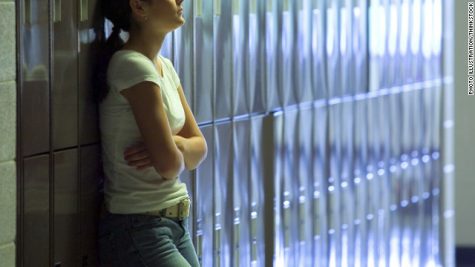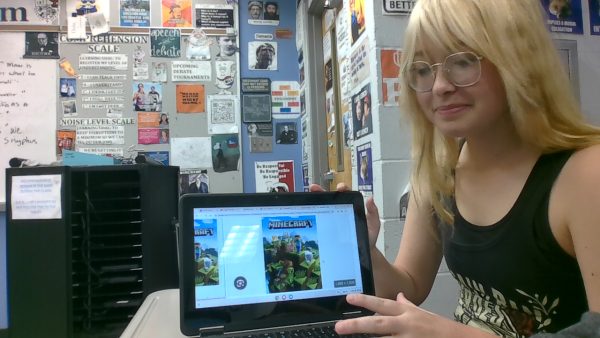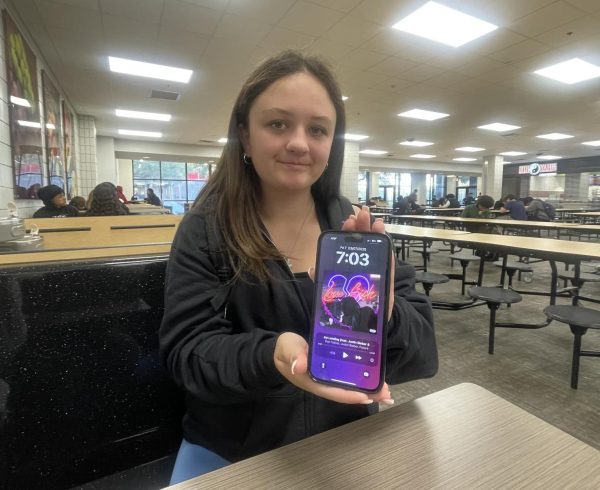Schools Can’t Do It All…
When COVID first struck the U.S., many people underestimated the impact it would have on so many aspects of life. Not only did businesses have to shut down, but so did schools. The process of closing schools across the country opened up a pandora’s box, in which one of the problems that seeped out was how many children would lack the resources that they rely on schools to receive.
Throughout the school year, many kids from impoverished or unsafe homes and environments rely on the public school system to provide them with food, technology, counseling, and a safe environment for a portion of their day. When schools shut down for the last few months of the school year, these kids were left to essentially fend for themselves. Most schools provided the option to rent a laptop or come to the school for free meals, although that could prove difficult (especially for younger children) if they were unable to find transportation to the school. This leaves us with the question: why are schools the only place for children to find food, shelter, counseling, and other resources that they aren’t receiving at home?
One of the sources of this cycle is children who are without a home altogether. According to the Children’s Defense Fund, “Homeless children’s access to school is complicated by high mobility as well as the lack of school supplies and clothes, funds for transportation and necessary records to enroll in a new school.” Many children who are homeless do not just leave those problems at the door when they get to school. Their possible malnutrition and mental health issues contribute to their performance once at school. It can be hard enough to focus in the classroom for the average child, so imagine the challenge that faces children who are more concerned where they will get their next meal from or what tribulations they will face once leaving school.
There are other children who may have a home, but perhaps they lack the resources at their home they need to be successful. For instance, maybe at home a child needs a computer to do their school work but lacks good wifi, internet connection, or a computer in general. Or, maybe a child doesn’t have enough food at home to supply them with proper nutrition. Sure, they may be able to get free lunch or possibly breakfast at the school if they get there early enough, but what about dinner or even needed snacks throughout the day? Or what about students who are under emotional or physical stress and need someone to talk to? The school counselors are already overwhelmed with too many students, so how could we expect them to have time to meet with a struggling student consistently while also giving them enough time to talk through their emotions and pain?
Currently children in need of aid often rely on the school’s food pantry for nutrition for themselves and their families. Although these students shouldn’t have to hope that there is enough food for their families. Senior Molly Clemens, who is the current president of NHS, has helped gather donations for the school first hand. She believes that “students should not have to attend school in person to receive the food or supplies they need. Families without school-age children should not face a disadvantage in gathering food and necessary resources… If we truly care about our children’s education, we need to make sure their basic needs are met so they can actually focus and learn.”
So when children aren’t at school, if they don’t have the resources they need or if they feel unsafe at home shouldn’t they have a place to go? That is why the Lake Mary community should work to establish a community center that provides troubled children with a place to go after school that can compensate for the needs that they lack at home. A good model to base this idea off of is the community centers created by the Children International organization. They have created community centers all around the world that include medical clinics, kitchens, technology labs, activity spaces, sports courts, and more.
Schools can’t do it all, and it is time we stop expecting them to. We need to create a safe and nurturing environment for children who don’t have one at home so that we can help them stay healthy and make a path for them to put their best foot forward.








